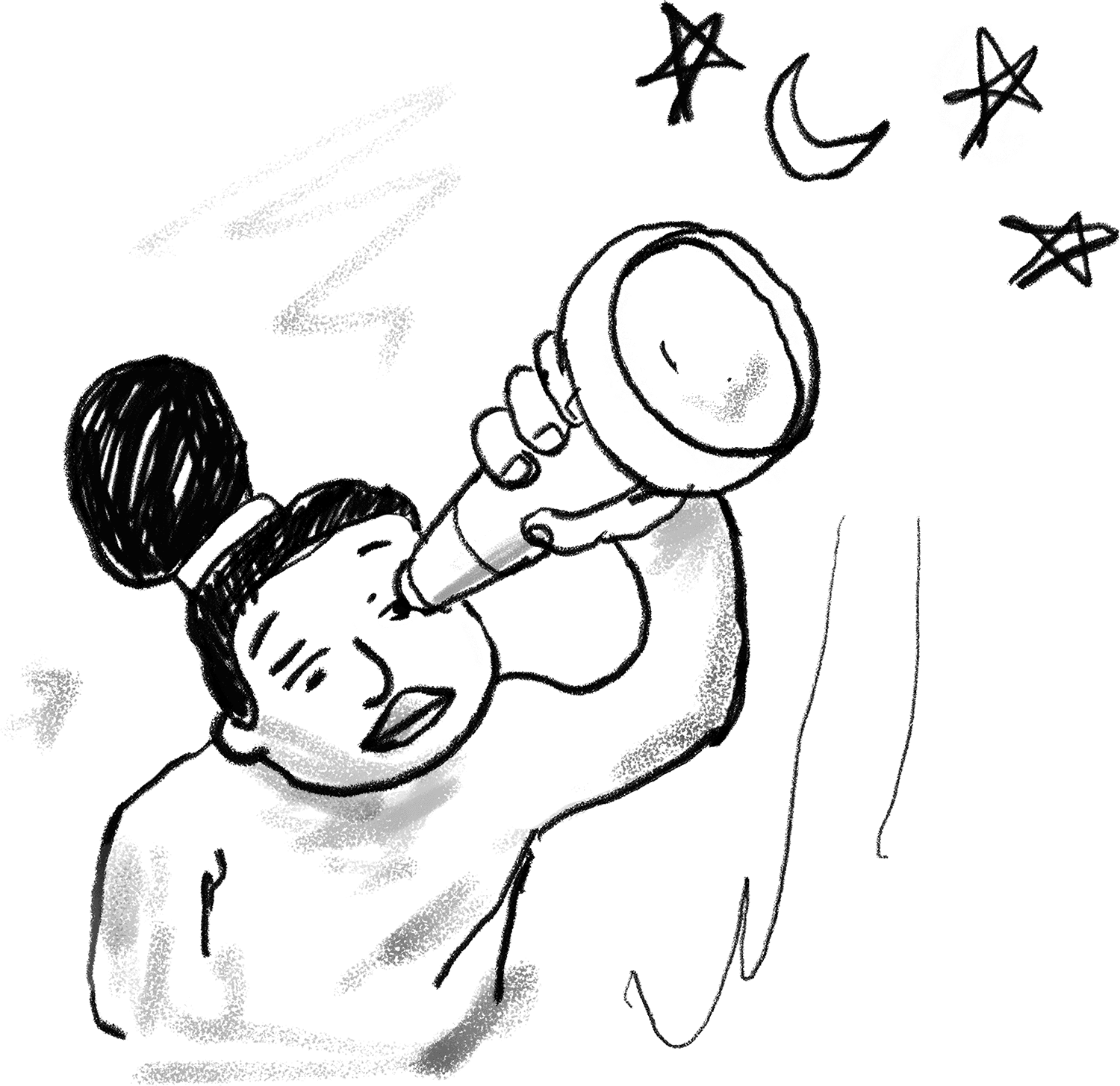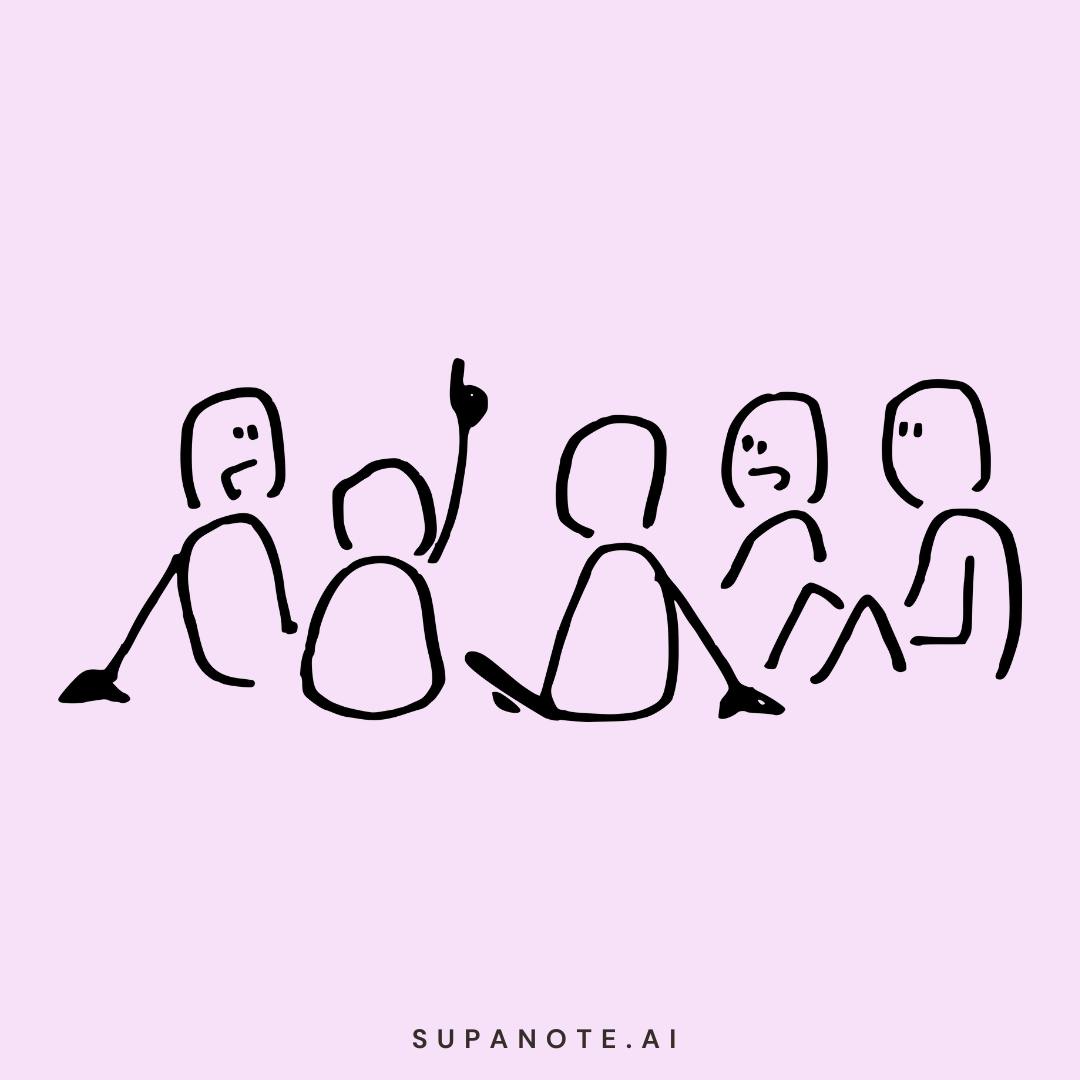Writing group therapy notes can be time-consuming. But it doesn’t have to be.
With a solid group therapy notes template, you can document efficiently. You’ll save time, reduce stress, and stay compliant.
This blog walks you through everything- structure, examples, best practices, smart strategies, and note formats pulled from the top resources available. We’ll also explore different types of group therapy and give you multiple note examples to use or adapt.
Whether you’re using SOAP, GIRP, PIE, or your own structured format, the goal is the same: accurate, clear, and useful group therapy notes.
Let’s make documentation easier, without losing the clinical depth that matters.
Types of Group Therapy
There are many types of group therapy. Each one serves a unique purpose, and your documentation approach may shift slightly depending on the setting.
Common formats include:
- Psychoeducational groups: Focused on teaching clients specific skills, such as CBT, anger management, or parenting strategies.
- Support groups: Often peer-led or therapist-facilitated, with a focus on shared experience and emotional validation.
- Process groups: Aim to build self-awareness and interpersonal skills through open-ended discussion.
- Skills training groups: Such as DBT groups that teach mindfulness, emotion regulation, distress tolerance.
- Condition-specific groups: For clients with anxiety, depression, trauma, substance use, or grief.
Group therapy notes must reflect the group context. Be sure your documentation is tailored to the type of group you're running.
What Group Therapy Notes Are (and What They're Not)
Group therapy notes are:
- Clinical records of group sessions
- Reflections of group dynamics and individual progress
- Tools for treatment planning and legal documentation
Group therapy notes are not:
- Verbatim transcripts
- A play-by-play of the entire group session
- A place for personal opinions or assumptions
Stay focused on therapeutic relevance, key observations, and structured content.
Tips for Writing Strong Group Therapy Notes
Here’s how to document like a pro:
- Start with a template: Use a consistent format across all group therapy sessions.
- Be concise: Avoid overly detailed notes. Focus on clinically relevant observations.
- Track individual engagement: Highlight how each client interacted or responded.
- Document the group process: Note group mood, shared reactions, conflicts, or insights.
- Include interventions: List the techniques you used—CBT, role-playing, mindfulness exercises.
- Outline follow-up: Use the note to guide your next group session.
This approach helps mental health professionals stay organized and responsive to each client's needs.

More Group Therapy Note Examples
Here are expanded examples using three popular documentation styles.
SOAP Format:
Subjective: A.B. reported feeling overwhelmed by work demands this week.
Objective: Participated actively in role-play. Offered thoughtful feedback to peers.
Assessment: Showing improvement in assertive communication but needs follow-up on emotional regulation.
Plan: Assign assertiveness worksheet. Revisit in next group session.
PIE Format:
Problem: Group members expressing low self-esteem and perfectionism.
Intervention: CBT reframing, worksheet on self-compassion.
Evaluation: Clients appeared engaged. C.D. and E.F. expressed emotional insight. Homework assigned.
GIRP Format:
Goal: Reduce avoidance behaviors in social situations.
Intervention: Group discussion and social exposure planning.
Response: Positive peer support. A.B. agreed to try initiating one social activity this week.
Plan: Debrief outcome in next group session. Introduce graded exposure model.
Use these as-is or customize based on your therapy session flow.
Writing Group Therapy Notes: Best Practices
Here’s how mental health professionals keep group therapy notes effective and efficient:
- Document right after the group session. Don’t delay.
- Stick to a consistent note template.
- Use bullet points for clarity.
- Focus on key points, not every detail.
- Capture both the group process and individual progress.
- Always respect client confidentiality.
- Use a structured format (e.g., PIE, GIRP, SOAP).
Whether you're in a skills-based CBT group or a trauma-focused support group, structured notes help you track progress and stay compliant.
Common Mistakes to Avoid
Even experienced therapists slip up. Watch out for:
- Copy-pasting notes across previous sessions
- Writing overly detailed notes with too much narrative
- Being vague or subjective (e.g., “session went well”)
- Failing to track progress or update treatment plans
- Forgetting to connect interventions with client engagement
Group therapy notes are not just for insurance, they’re for clinical accuracy, treatment process clarity, and continuity of care.
What Should a Group Therapy Notes Template Include?
The best templates are structured, flexible, and easy to use in a real-world group therapy setting.
Section | What to Document |
|---|---|
Session Date | When the group therapy session took place |
Group Therapy Setting | Virtual, in-person, or hybrid |
Group Members Present | Use initials to maintain client confidentiality |
Group Summary | Session goals, topics, themes, group process |
Group Participation | Attendance, level of interaction, significant interactions |
Therapeutic Techniques | CBT, mindfulness exercises, cognitive restructuring techniques |
Individualized Group Therapy Notes | Notable changes or insights for each client |
Treatment Plans | Modifications or additions |
Homework Assignments | Client tasks for next session |
Next Group Session Plans | Intended themes, interventions, or follow-up topics |
This format works across support groups, skills groups, and psychoeducational group therapy sessions.
Sample Group Therapy Notes Template
Session Date: [MM/DD/YYYY]
Facilitator: [Therapist Name]
Group Therapy Setting: [In-person / Virtual / Hybrid]
Group Members Present: [Initials Only]
Group Summary:
Today's session focused on generalized anxiety disorder. Group members discussed personal examples of avoidance and worry. The group’s reaction was thoughtful, and several clients demonstrated mutual understanding and mutual support.
Group Participation:
- A.B. shared challenges from the past week. Showed insight into thought distortions. Offered support to others.
- C.D. was quiet during the check-in but engaged during the worksheet activity.
Therapeutic Interventions:
- Mindfulness exercises
- Cognitive behavioral techniques
- Group processing
Client Progress:
- A.B. showed significant progress in identifying automatic thoughts.
- C.D. completed all assigned homework and verbalized increased motivation.
Treatment Plans:
- Add a goal for A.B. to challenge negative core beliefs.
Homework Assignments:
- Each group member to complete a daily mood log and prepare one example of cognitive restructuring.
Next Group Session:
- Focus on behavioral experiments. Use real-life homework to guide discussion.
How Supanote Supports Group Therapy Notes
Supanote is built for busy mental health professionals.
Whether you're documenting a typical group therapy session or managing a complex caseload, Supanote’s tools help you:
- Build reusable group therapy notes templates
- Log session date and group members fast
- Customize formats like SOAP, PIE, or GIRP
- Track client progress over time
- Stay audit-ready with HIPAA-compliant documentation

FAQs: Group Therapy Notes Template
Q. Can I track client progress in one group note?
A. Yes. Many therapists use one group therapy notes template with a shared section and then add individual progress notes for each client.
Q. Should I document homework assignments?
A. Absolutely. It helps with accountability and continuity into the next session.
Q. Do progress notes serve legal or compliance purposes?
A. Yes. Progress notes serve both clinical and legal purposes. A good note protects you and your client.
Q. What if the group has members with different diagnoses?
A. That’s okay. Focus on how each member engages with the group process and tailor individual notes accordingly.
Q. Should I record the group’s reaction to activities?
A. Yes. Observing the group’s reaction can guide future sessions and inform your therapeutic techniques.
Q. Can I track past week updates in these notes?
A. Yes. Many therapists start by briefly reviewing events from the past week to guide check-ins.
Q. How should I document silence or resistance?
A. Note it clinically. Silence, resistance, or shifts in client engagement are worth capturing.
Q. What’s the best way to handle client confidentiality?
A. Use initials. Don’t include identifiable info about other group members. Keep it professional.
Final Thoughts
Therapists need notes that work.
A great group therapy notes template helps you document faster, track treatment progress, support patient care, and focus on the therapeutic process.
Whether you’re writing SOAP notes, PIE notes, or GIRP, the right structure keeps you organized and focused on what matters—your clients.
Let your notes reflect the insight, healing, and mutual support unfolding in your group sessions.
And if you’d rather not start from scratch each time? Supanote’s got your back.
Ready to try? 10 notes on us!
Login to your Supanote account and instantly access 10 free notes
Try for Free
